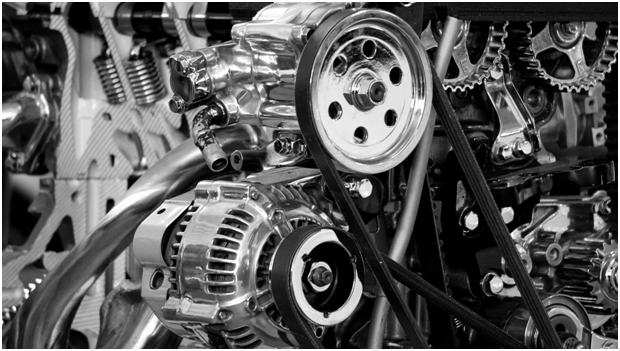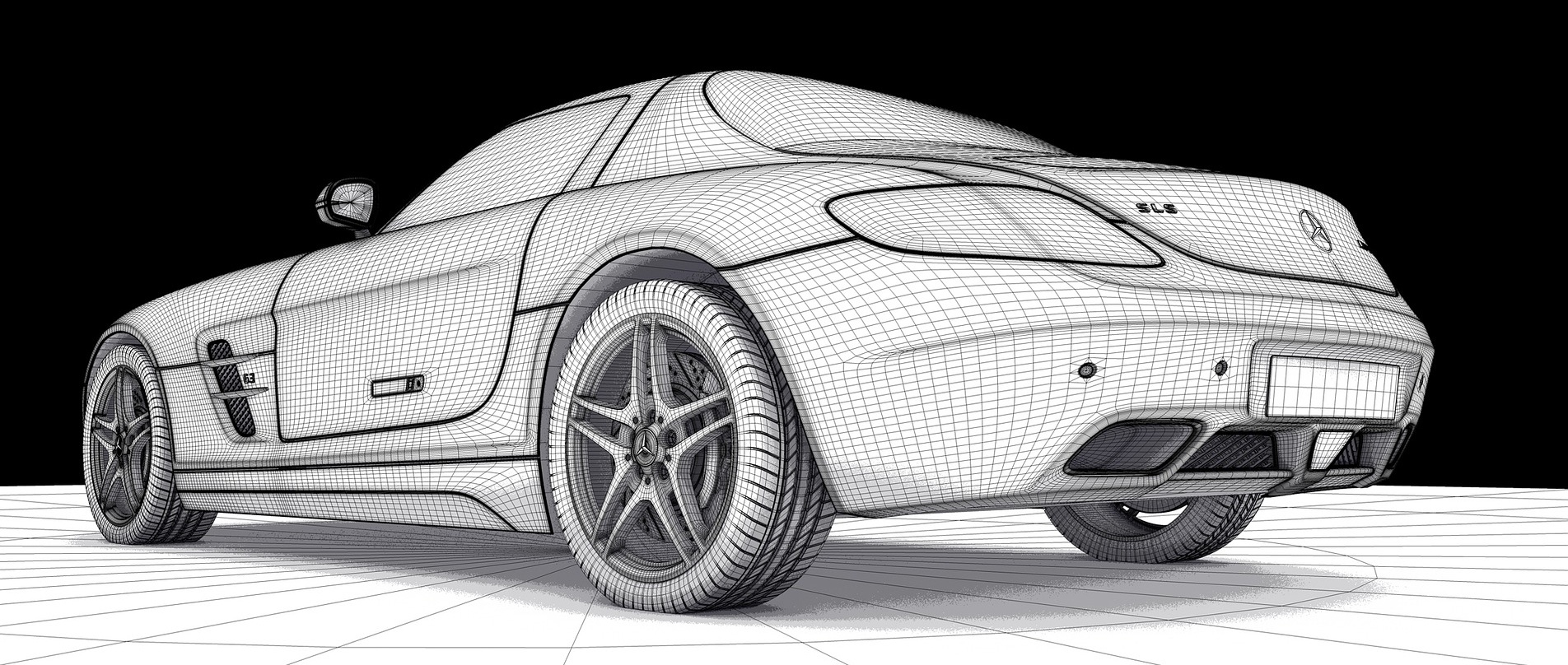Lightweighting – A Heavyweight Topic!
Automotive Lightweighting – Need of the hour Lightweighting has been a core engineering theme in aerospace industry for several decades. For automotive, though lightweighting has been done over the past two decades or so, the intensity of focus has dramatically increased for OEMs over the past eight years, due to stringent emission norms, electrification gaining momentum and improvement in manufacturing technologies. Tier 1 suppliers are in the firing range as far as delivering the lightweighting goals of the OEMs are concerned and they do fight with three big hurdles when it comes to this initiative (i) meeting the lightweighting targets, (ii) meeting cost targets, and (iii) improving the competencies of their internal product development and manufacturing teams to make this sustainable However, this area still poses a lot of questions to OEMs and tier 1 suppliers than solutions and based my own interaction with a variety of companies in India in automotive space, here are the top 3 problem statements I have been hearing
Can we lightweight to the desired extent and yet meet the target costs?
 The simple answer is a resounding YES! It depends upon how one sets up the cost targets. Lightweighting brings a lot additional benefits lesser material consumption for the same performance requirement, lesser manufacturing cost for complex assemblies and sub assemblies and not to forget many material combinations to optimize the cost. So, it is not a one size fit all approach. Thus, if a company has the right material knowledge (aluminum, plastics, magnesium, glass fibres, carbon fibres to name a few), good systems design approach, good multi-material manufacturing capabilities, yes, it is possible to achieve both lightweighting and target cost goals but the competencies are specialized and would need a firm commitment from the owner/ CEOs of the companies to build and sustain
The simple answer is a resounding YES! It depends upon how one sets up the cost targets. Lightweighting brings a lot additional benefits lesser material consumption for the same performance requirement, lesser manufacturing cost for complex assemblies and sub assemblies and not to forget many material combinations to optimize the cost. So, it is not a one size fit all approach. Thus, if a company has the right material knowledge (aluminum, plastics, magnesium, glass fibres, carbon fibres to name a few), good systems design approach, good multi-material manufacturing capabilities, yes, it is possible to achieve both lightweighting and target cost goals but the competencies are specialized and would need a firm commitment from the owner/ CEOs of the companies to build and sustain
Lightweighting is about value engineering and material substitution?
 At a high level, you can say so. But it is entirely not true. Lightweighting is more a philosophy and a systemic approach rather than two or more discrete activities. If I fast forward this topic by another 10 years, I would probably hear most of the CEOs saying that “Lightweighting is not an engineering activity but a philosophy” just like how they now emphatically say “Quality is not a function but a philosophy”
At a high level, you can say so. But it is entirely not true. Lightweighting is more a philosophy and a systemic approach rather than two or more discrete activities. If I fast forward this topic by another 10 years, I would probably hear most of the CEOs saying that “Lightweighting is not an engineering activity but a philosophy” just like how they now emphatically say “Quality is not a function but a philosophy”
Lightweighting in Automotive doesn’t work for markets like India as we are very price sensitive?
 There is a bit of truth in this. While I am not questioning the penetration of this concept in Europe and North America being far higher than that in India, in absolute terms, I may not entirely agree with the point made. Like any other emerging theme, till we reach a tipping point, the costs may appear more. But since this trend of lightweighting in automotive is truly irreversible, it is a matter of time the lightweight material (metals/ composites) producers start finding innovative ways to leverage economies of scale to bring down the raw material costs. The automotive companies will continue to find innovative ways to narrow cost gap as well. Based on what I see, Lightweighting in its full potential will be leveraged by electric motor cycles, motor cycles, electric vehicles, luxury cars, trucks and buses, economy passenger cars in that order. Yes, it will take some time for a horizontal penetration to take place, but the journey has well and truly started to deliver added value to automotive parts. I would love to get your feedback and comments on this.
There is a bit of truth in this. While I am not questioning the penetration of this concept in Europe and North America being far higher than that in India, in absolute terms, I may not entirely agree with the point made. Like any other emerging theme, till we reach a tipping point, the costs may appear more. But since this trend of lightweighting in automotive is truly irreversible, it is a matter of time the lightweight material (metals/ composites) producers start finding innovative ways to leverage economies of scale to bring down the raw material costs. The automotive companies will continue to find innovative ways to narrow cost gap as well. Based on what I see, Lightweighting in its full potential will be leveraged by electric motor cycles, motor cycles, electric vehicles, luxury cars, trucks and buses, economy passenger cars in that order. Yes, it will take some time for a horizontal penetration to take place, but the journey has well and truly started to deliver added value to automotive parts. I would love to get your feedback and comments on this.

About the author